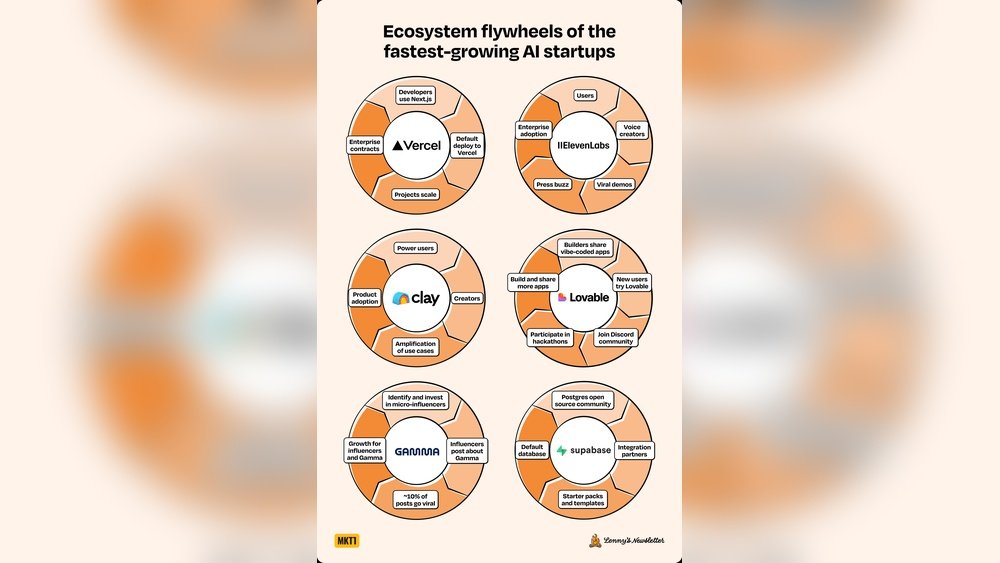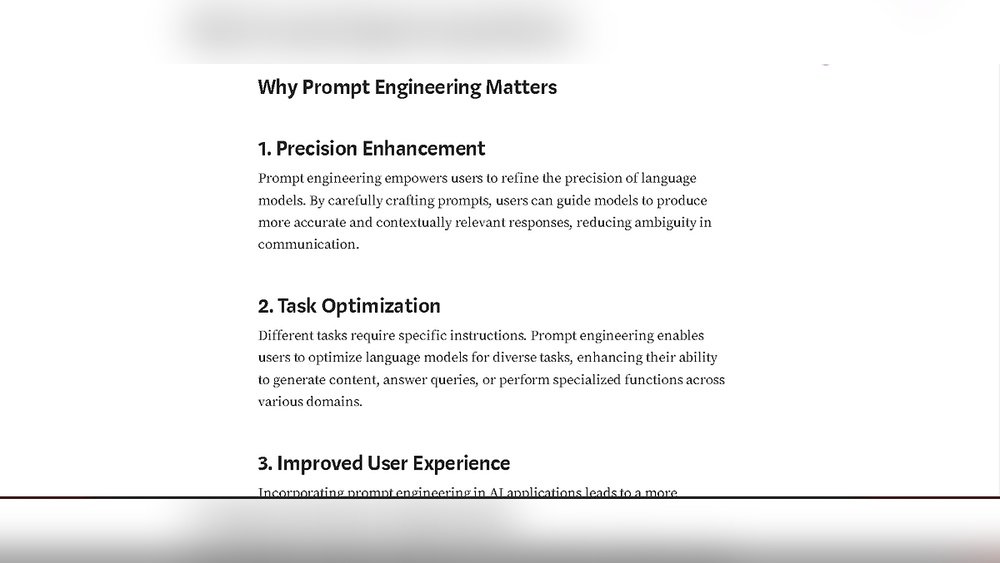Ruby mobile app development offers a powerful and flexible approach for building robust mobile applications. Known for its simplicity and efficiency, Ruby enables developers to create high-quality apps with faster development cycles.
Ruby’s charm lies in its simplicity and readability. Mobile app development is a booming industry. Every day, new apps hit the market, transforming how we live. Ruby, known for its clean syntax, offers developers an easy path to creating robust applications.
Its vast library and active community provide endless resources and support. Whether you’re building apps for iOS or Android, Ruby can streamline the process. With Ruby, developers can focus on creativity rather than complex code. This makes it ideal for both beginners and seasoned professionals. Dive into Ruby mobile app development and discover a world of possibilities. Enjoy creating apps that are both functional and beautiful.
Introduction To Ruby For Mobile Apps
Ruby offers a versatile platform for mobile app development. It simplifies coding with its readable syntax, helping developers create efficient apps. This language supports quick adjustments and effective collaboration, making it a popular choice for mobile solutions.
Ruby is a popular programming language known for its simplicity and elegance. It is widely used in web development, but it also has a place in mobile app development. Developers appreciate Ruby for its readable syntax and ease of use. It can help create mobile apps that are efficient and reliable. Let’s explore why Ruby is suitable for mobile app development and its key features.
Why Ruby Is Suitable
Ruby is suitable for mobile apps because of its flexible nature. It allows developers to write clean and maintainable code. This is important for mobile apps that need regular updates. Ruby also supports rapid prototyping. Developers can quickly test and refine their ideas. This saves time and effort during development. Ruby’s large community provides many resources and tools. Developers can find libraries that make app development easier.
Key Features Of Ruby
Ruby has several key features that benefit mobile app developers. First, it has a readable and concise syntax. This makes it easier for teams to work together. Second, Ruby is an object-oriented language. This means it organizes code into reusable objects. Developers can build complex features without writing repetitive code. Third, Ruby supports metaprogramming. This allows developers to write code that can modify itself. It makes Ruby flexible and powerful. Finally, Ruby is open-source. Developers can use it for free and contribute to its growth. These features make Ruby mobile app development a strong choice.
“`
Credit: www.rorbits.com
Setting Up Your Development Environment
Getting started with Ruby mobile app development requires setting up a robust environment. This foundation ensures smooth app creation and testing. A well-configured environment boosts productivity and efficiency. Let’s dive into the tools and steps needed for an effective setup.
Tools Required
Several tools are essential for Ruby mobile app development. A good code editor is crucial. Popular choices include Visual Studio Code and Sublime Text. These editors offer features like syntax highlighting and code completion. They make coding easier and more efficient.
You’ll also need a version control system. Git is the most popular choice. It helps track changes and collaborate with others. For Ruby, having a package manager like Bundler is beneficial. It manages dependencies and ensures all required gems are available.
Installing Ruby
Begin by installing Ruby on your machine. Check the official Ruby website for the latest version. Download the installer suitable for your operating system. Follow the instructions to complete the installation.
After installation, verify Ruby is installed correctly. Open your terminal or command prompt. Type ruby -v and press enter. This command shows the installed Ruby version.
If the version displays, Ruby is set up. Next, install RubyGems. This package manager is essential for managing Ruby libraries. It usually comes with Ruby, but double-check to be sure. Use the command gem -v to verify RubyGems installation.
With Ruby and RubyGems installed, you’re ready to proceed. Your development environment is nearly complete. Just a few more tweaks and you’ll be set to build amazing apps.
Frameworks For Ruby Mobile Apps
Choosing the right framework is crucial for Ruby mobile app development. Each framework offers unique features and benefits. Developers often seek flexibility, ease of use, and strong community support. Ruby provides various frameworks suitable for mobile app development.
Rubymotion Overview
RubyMotion is a popular choice for Ruby developers. It allows building native apps for iOS and Android. Developers use Ruby syntax to write cross-platform applications. This framework provides access to native APIs and libraries. RubyMotion ensures performance similar to native apps. Its community offers numerous resources and support.
Comparison With Other Frameworks
RubyMotion stands out compared to other frameworks. Some developers prefer React Native for its JavaScript base. Others choose Flutter for its fast development cycle. RubyMotion offers a Ruby-centric approach, which is appealing to Ruby enthusiasts. It might not be as widespread as React Native or Flutter. Yet, it provides a seamless experience for Ruby developers.
Designing User Interfaces
Designing user interfaces in Ruby mobile app development requires a keen eye for detail. It’s about creating a seamless experience for users. A well-designed interface makes navigation intuitive and straightforward. It also enhances the overall user satisfaction. Developers often focus on aesthetics and functionality. This ensures users can easily interact with the app.
Ui Components
UI components are the building blocks of any interface. They include buttons, menus, sliders, and icons. Each component must be clear and responsive. This allows users to perform actions effortlessly. Consistent styling across components is crucial. It maintains visual harmony. Developers should use familiar icons. This helps users understand their functions quickly.
Best Practices For Ux
Best practices for UX ensure a smooth user journey. Start with user-centered design. Understand the needs and behaviors of the audience. Keep the layout simple and organized. Reduce clutter to avoid confusion. Use readable fonts and colors. This enhances accessibility for all users. Test the interface with real users. Gather feedback and make improvements.
Integrating Apis And Services
Integrating APIs and services in Ruby mobile app development is crucial. It enhances app functionality and user experience. APIs allow apps to connect with other services. These connections make apps more dynamic and responsive. Ruby developers often integrate APIs for seamless data exchange. This process enriches the app’s ecosystem.
Connecting To Web Services
Connecting a Ruby app to web services is essential. It allows data interaction across platforms. Developers use RESTful APIs to connect services. These APIs are simple and flexible. They use standard HTTP methods. This makes integration straightforward. Ruby offers libraries like Faraday and HTTParty. These tools simplify web service connections. They handle requests and responses efficiently. Consistency and reliability are key in these connections.
Data Management Techniques
Efficient data management is vital in app development. It ensures data is organized and accessible. Ruby provides ActiveRecord for database interactions. This tool simplifies data queries and updates. ActiveRecord uses object-relational mapping. It connects Ruby objects with database tables. This technique reduces code complexity. It also improves data management efficiency. Proper data handling enhances app performance and user satisfaction.
Testing And Debugging Ruby Apps
Testing and debugging are crucial in Ruby mobile app development. Both ensure the app runs smoothly and meets user expectations. Proper testing identifies potential issues early. Debugging helps fix these issues efficiently. These processes enhance app reliability and user satisfaction.
Automated Testing Tools
Automated testing tools streamline the testing process. They save developers time and effort. Tools like RSpec and Cucumber are popular choices. RSpec tests Ruby code efficiently. Cucumber focuses on user scenarios and behaviors. Both tools provide detailed feedback. This aids in identifying bugs quickly. Automation ensures consistent testing across different environments.
Common Debugging Strategies
Debugging Ruby apps involves various strategies. First, use logging to track app behavior. Logs help identify where things go wrong. Next, step through the code with a debugger. This reveals how the code executes. Third, test small portions of code in isolation. This isolates issues and simplifies debugging. Finally, seek peer reviews for fresh perspectives. Peers may spot issues others miss.
Performance Optimization
Enhancing performance in Ruby mobile app development ensures faster load times and smoother user experiences. Efficient code and resource management optimize app functionality, reducing battery consumption and improving overall efficiency. Consistent updates and testing help maintain high performance standards.
In the dynamic world of mobile app development, performance optimization is crucial. Users expect swift, seamless experiences, and even a slight lag can lead them to abandon your app. Ruby, with its elegant syntax and robust framework, offers developers the tools to fine-tune performance. But how do you ensure your Ruby app runs at its best?
Improving App Speed
Speed is king in mobile apps. One effective way to enhance speed is by minimizing server requests. Instead of fetching data repeatedly, cache frequently accessed data. This reduces load times and provides a smoother user experience.
Another method is to optimize your database queries. Inefficient queries can slow down your app significantly. Use indexes and avoid unnecessary data retrieval. Have you ever noticed how a well-optimized app feels snappier? That’s often due to efficient data handling.
Reducing Memory Usage
Memory usage directly impacts your app’s performance. Use memory profiling tools to identify areas consuming excessive memory. Aim to release memory by removing unused objects and reducing object creation.
Consider using lazy loading techniques. Load only necessary components initially, and defer the rest until needed. This approach conserves memory and speeds up initial load times. Have you tried checking your app’s memory usage lately? You might be surprised at how minor adjustments can lead to significant improvements.
Performance optimization in Ruby mobile app development isn’t just about making things faster. It’s about creating a responsive, efficient experience that keeps users engaged. What steps are you taking to enhance your app’s performance today?

Credit: teamcubate.com
Deployment And Maintenance
Deployment and maintenance are crucial in mobile app development. After building your app, you need to ensure it runs smoothly for users. Efficient deployment and maintenance strategies are vital. They impact user satisfaction and app success.
Deploying To App Stores
Deploying an app to stores involves several steps. First, ensure your app meets store guidelines. Follow the rules set by Apple and Google. Prepare all necessary app assets, like icons and screenshots. Write a clear app description. Highlight your app’s main features. Next, create developer accounts if needed. This step is essential for app submission. Finally, submit your app for review. Wait for the approval to publish it.
Updating And Scaling Apps
Updating apps keeps them fresh and functional. Regular updates fix bugs and improve features. They enhance user experience. Announce updates to inform users of new features. Scaling apps is about handling growth effectively. As your user base grows, your app must perform efficiently. Use analytics to track app performance. Identify areas needing improvement. Plan updates to manage increased traffic smoothly.
Future Of Ruby In Mobile Development
Ruby has long been a favorite among developers for its simplicity and elegance. As mobile technology evolves, the role of Ruby in mobile development is becoming a topic of interest. You might wonder, is Ruby set to revolutionize mobile apps, or will it face hurdles that limit its impact? Let’s delve into the emerging trends and potential challenges that shape the future of Ruby in mobile app development.
Emerging Trends
Ruby is gaining traction in mobile development due to its efficient frameworks like RubyMotion. These frameworks allow you to build native apps with ease, making Ruby a viable option for mobile projects.
Another trend is the integration of Ruby with popular backend technologies. By combining Ruby with cloud services, you can create scalable and robust mobile applications. This fusion is becoming increasingly popular among developers.
Moreover, Ruby’s community is continually contributing to its growth. With more libraries and tools being developed, you’re likely to find resources that simplify mobile app creation, enhancing your productivity.
Potential Challenges
Despite its advantages, Ruby faces some challenges in mobile development. Performance issues can arise, especially when building complex applications. You might need to optimize your code to ensure smooth user experiences.
Ruby also lacks the extensive mobile-specific libraries that other languages boast. This could mean more manual coding, potentially slowing down your development process.
Another challenge is compatibility. Ensuring your Ruby-based mobile app runs seamlessly across different platforms can be tricky. You’ll need to stay updated with platform-specific changes to maintain app functionality.
How do you see Ruby fitting into your mobile development strategy? Are the benefits enough to outweigh the challenges? The decision lies in balancing innovative trends with practical hurdles. By staying informed, you can make the right choice for your projects.

Credit: m.facebook.com
Frequently Asked Questions
Is Ruby Front-end Or Backend?
Ruby is primarily used for backend development. It powers server-side applications and frameworks like Ruby on Rails. Frontend technologies like HTML, CSS, and JavaScript are used alongside Ruby for full-stack development.
Is Ruby Used For Ios?
Ruby isn’t primarily used for iOS app development. Swift and Objective-C are the main languages for iOS. Ruby can assist in backend development or automation tasks within iOS projects. RubyMotion allows Ruby for iOS apps but is less popular. Most developers prefer native languages for iOS development.
Can You Make Mobile Apps With Ruby?
Yes, you can create mobile apps with Ruby using frameworks like RubyMotion. RubyMotion allows building native iOS and Android apps. It’s a great choice for developers familiar with Ruby. While not as popular as other languages, it offers flexibility and ease of use for mobile development.
Is Ruby Good For Mobile App Development?
Ruby is not ideal for mobile app development. It lacks native support for mobile platforms. Developers prefer Swift for iOS and Kotlin for Android. Ruby is better for web applications and backend development. Consider frameworks like RubyMotion for limited mobile capabilities.
Conclusion
Ruby mobile app development offers many benefits. It combines simplicity and power. Developers enjoy its clean syntax and efficient code. Ruby’s strong community provides robust support. This ensures quick problem-solving. Businesses appreciate its flexibility and adaptability. Cost-effective solutions are possible with Ruby.
It suits startups and large companies alike. The language continues to evolve. Thus, keeping up with modern demands. Choosing Ruby can lead to successful app development. It meets both user and business needs effectively. Consider Ruby for your next mobile project.
You might find it a perfect fit.







2 responses to “Ruby Mobile App Development: Craft Cutting-Edge Solutions”
[…] It also gives a competitive edge. So, if your business is in Baton Rouge, consider custom web app development. It could be the boost you need. Ready to dive in? Let’s explore more about this exciting […]
[…] Flutter is crucial for anyone involved in app development. This open-source UI software development kit by Google has swiftly become a favorite for many […]